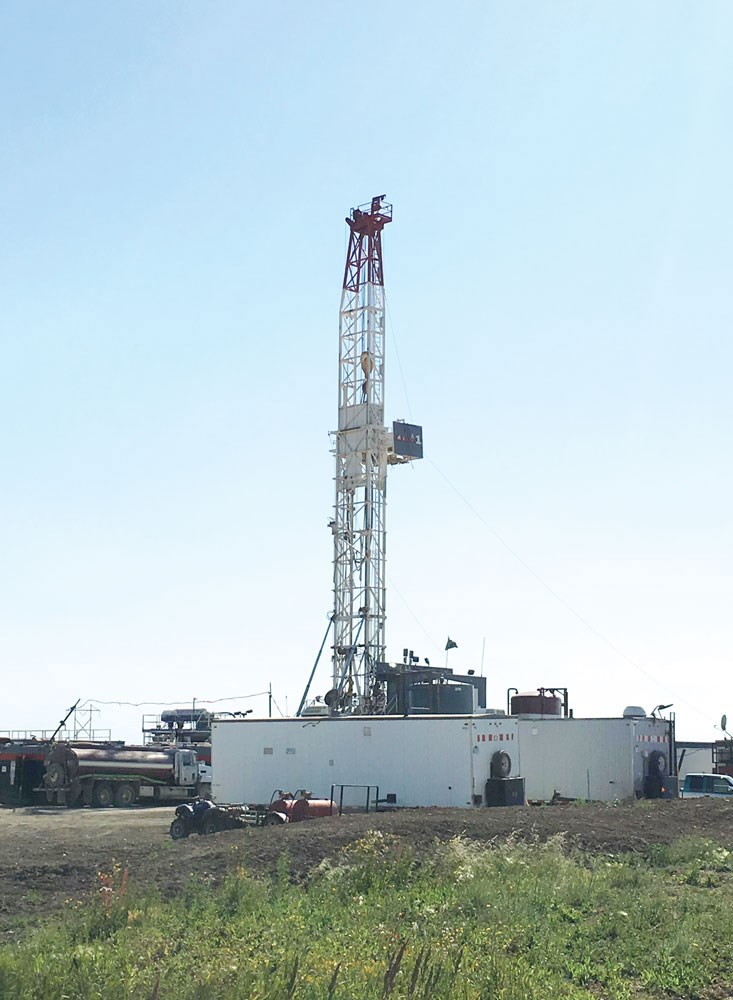The Petroleum Services Association of Canada (PSAC), in its third update to its 2017 Canadian drilling activity forecast, announced on July 31 that it was increasing its forecasted number of 6,680 wells to be drilled (rig released) across Canada for 2017 to 7,200 wells drilled. PSAC based its updated 2017 forecast on average natural gas prices of $2.75 CDN/mcf (AECO), crude oil prices of US$49.00/barrel (WTI) and the Canada-US exchange rate averaging $0.77.
Upon reflection of the second quarter industry outperformance of the PSAC drilling activity forecast, PSAC president and CEO Mark Salkeld said, “One of the events that played out that was not well understood at the time of the original forecast was the relatively quick impact of the transfer of investment out of the oilsands into the conventional sector and, more specifically, towards liquid rich natural gas and light tight oil which ultimately provide a faster return on investment dollars than the longer-term investment oilsands projects. This investment shift played an important role in taking a rig count from what we thought would be closer to 200 active rigs to well over 300 in Q1-2017.”
Salkeld added, “The cost reductions from the services sector demanded by their customers are also still playing a significant role in helping with activity levels enabling exploration and producing companies to drill more wells at less cost. The downside to this is that slim services sector margins mean less funds available for new R&D and innovation. Only those players with deep pockets can continue to develop leading edge technologies and process solutions. The very unsophisticated and borderline archaic supply chain and collaboration relationships in Canada do not support a model for continuous improvement.”
On a provincial basis for 2017, PSAC now estimates 3,604 wells to be drilled in Alberta, up from 1,900 wells in the original Forecast. It is expected 580 wells will be drilled in British Columbia this year, with PSAC’s revised forecast up by 300 wells in the original forecast. The revised forecast for Saskatchewan now sits at 2,794 wells compared to 1,940 wells in the original forecast, and Manitoba is forecasted to see 206 wells or a jump of 156 in well count for 2016.
Salkeld continued, “Canada continues to struggle with its place in the world of energy supply given our lack of access to tidewater and public support for infrastructure suggesting the lofty levels of activity seen in 2014 are likely a thing of the past. The decision last week by Petronas to abandon the Pacific NorthWest LNG project in BC is yet another sign that investors see better opportunities for their capital elsewhere. What a shame given our abundant natural resources, our robust regulations and responsible development that could help the rest of the world lower their GHG emissions.”




